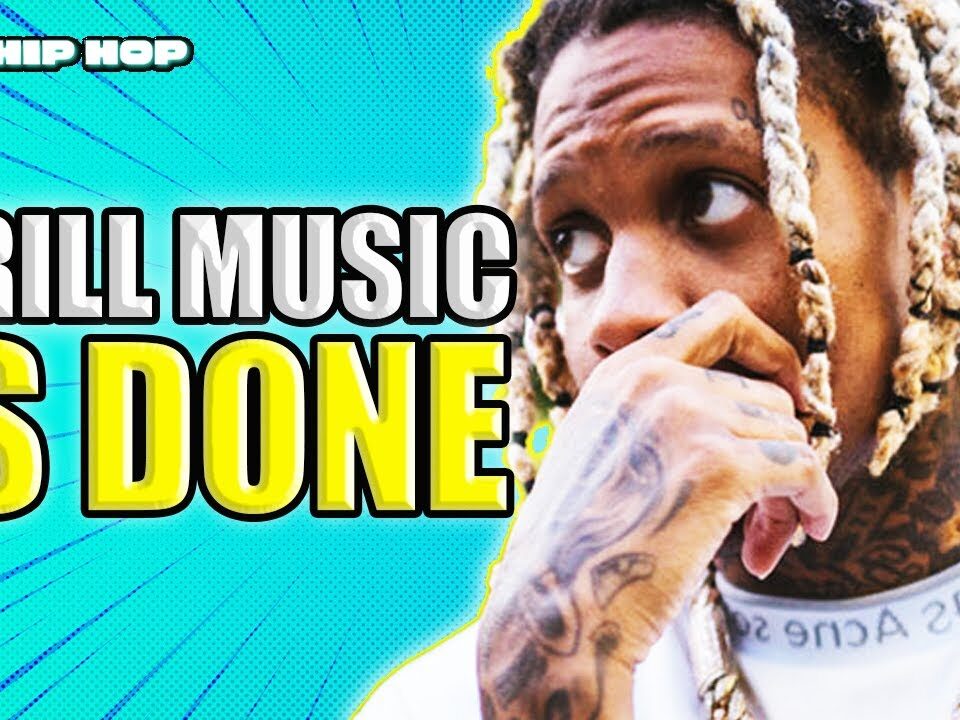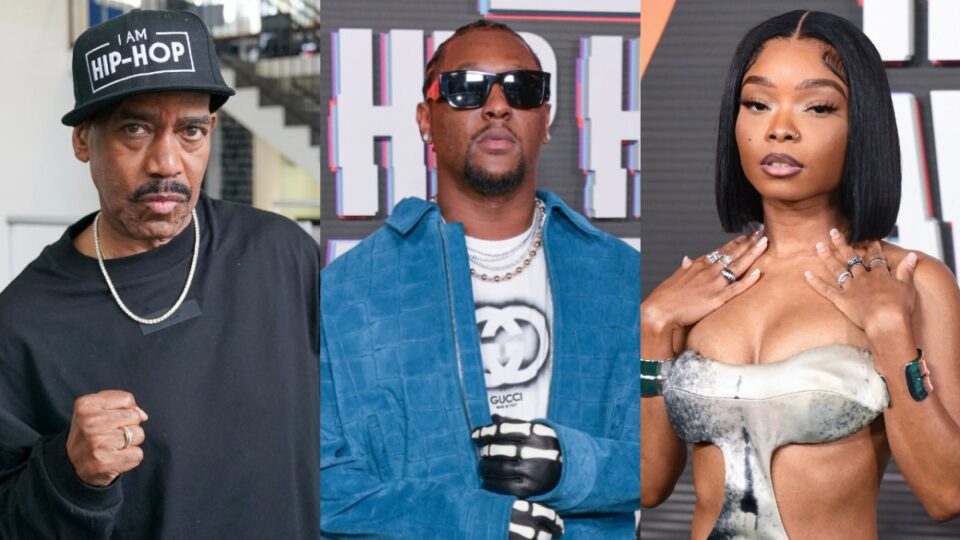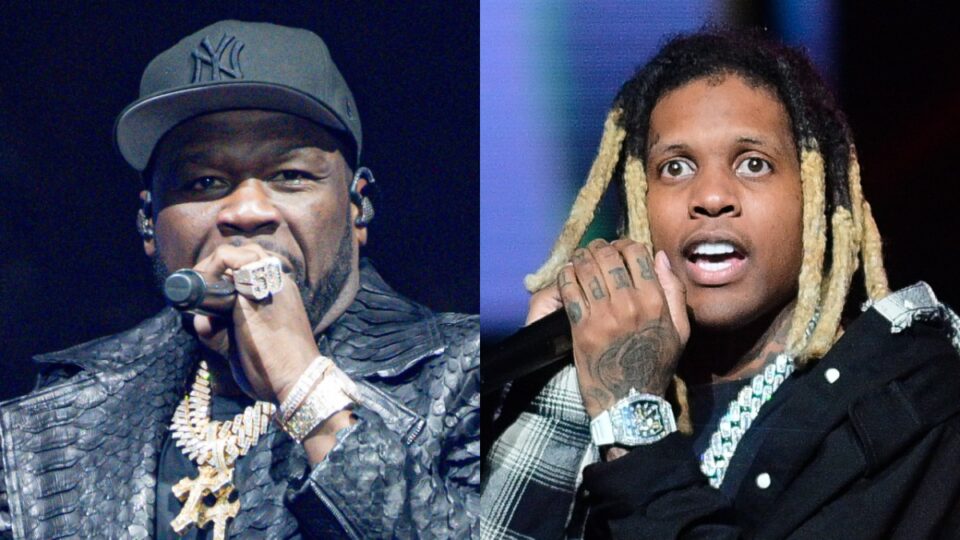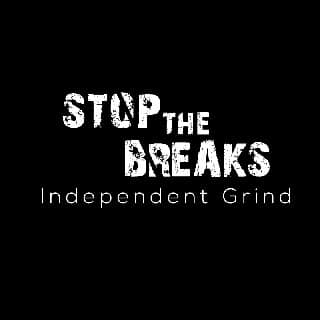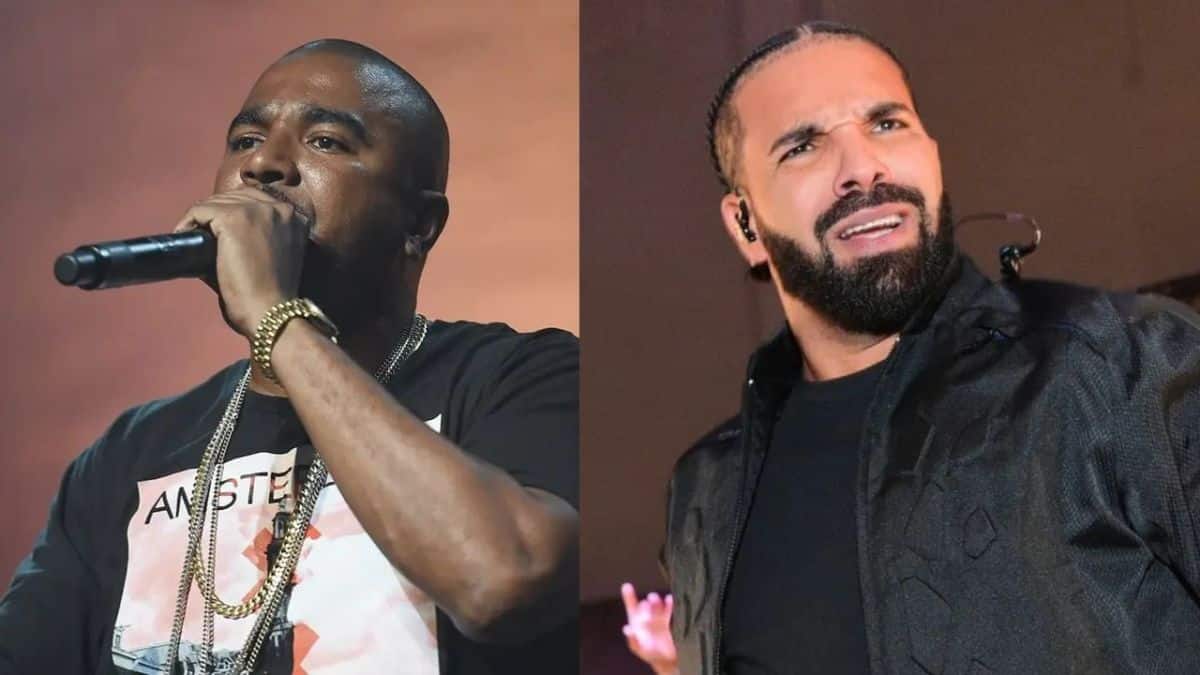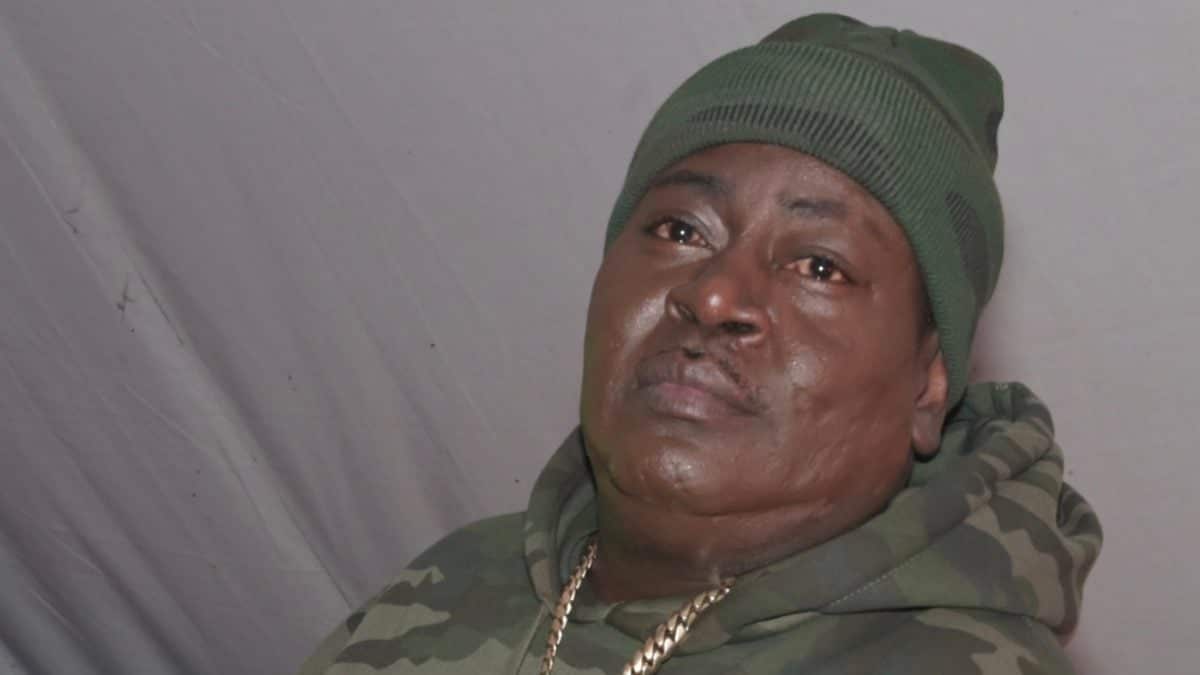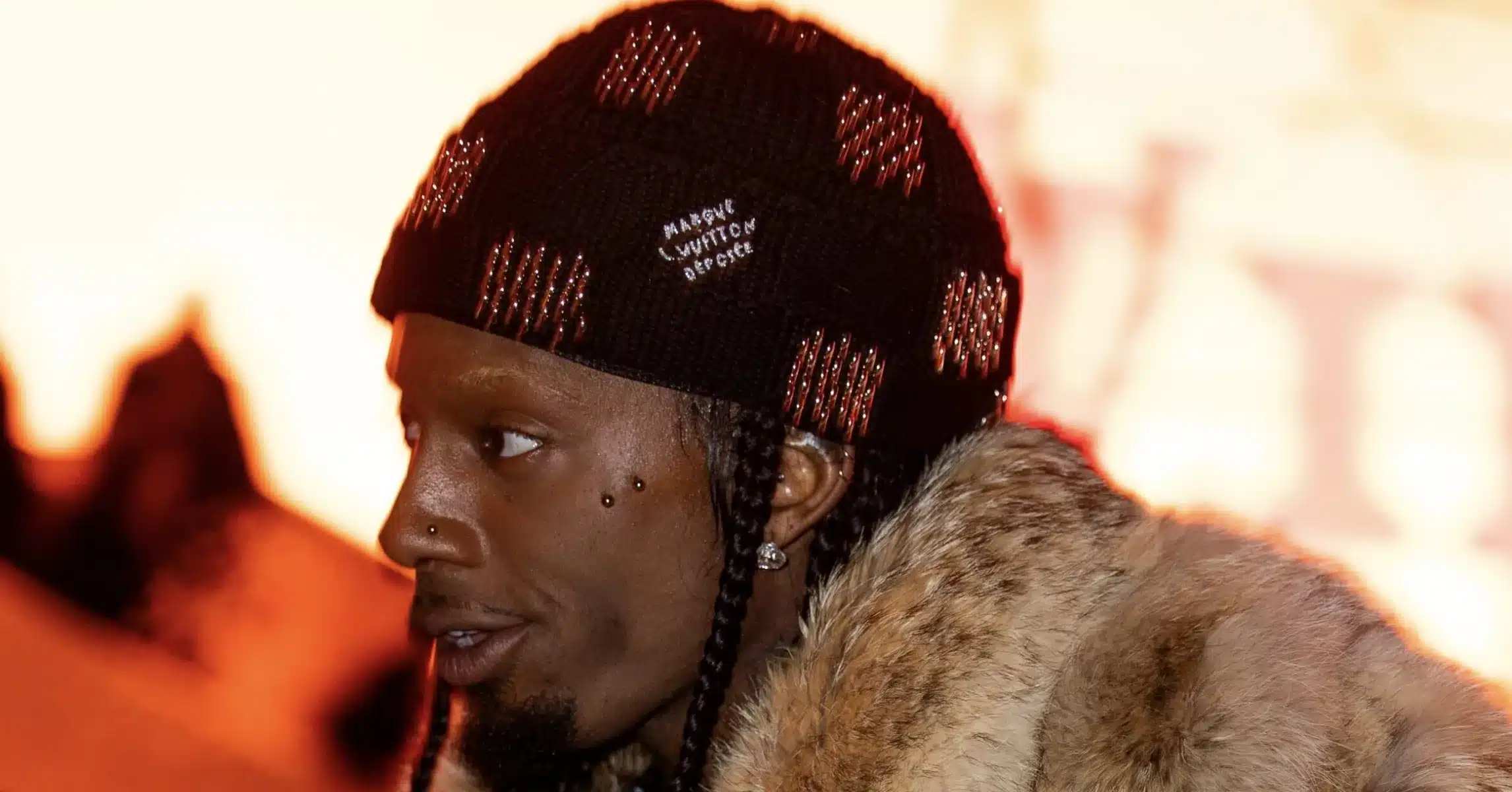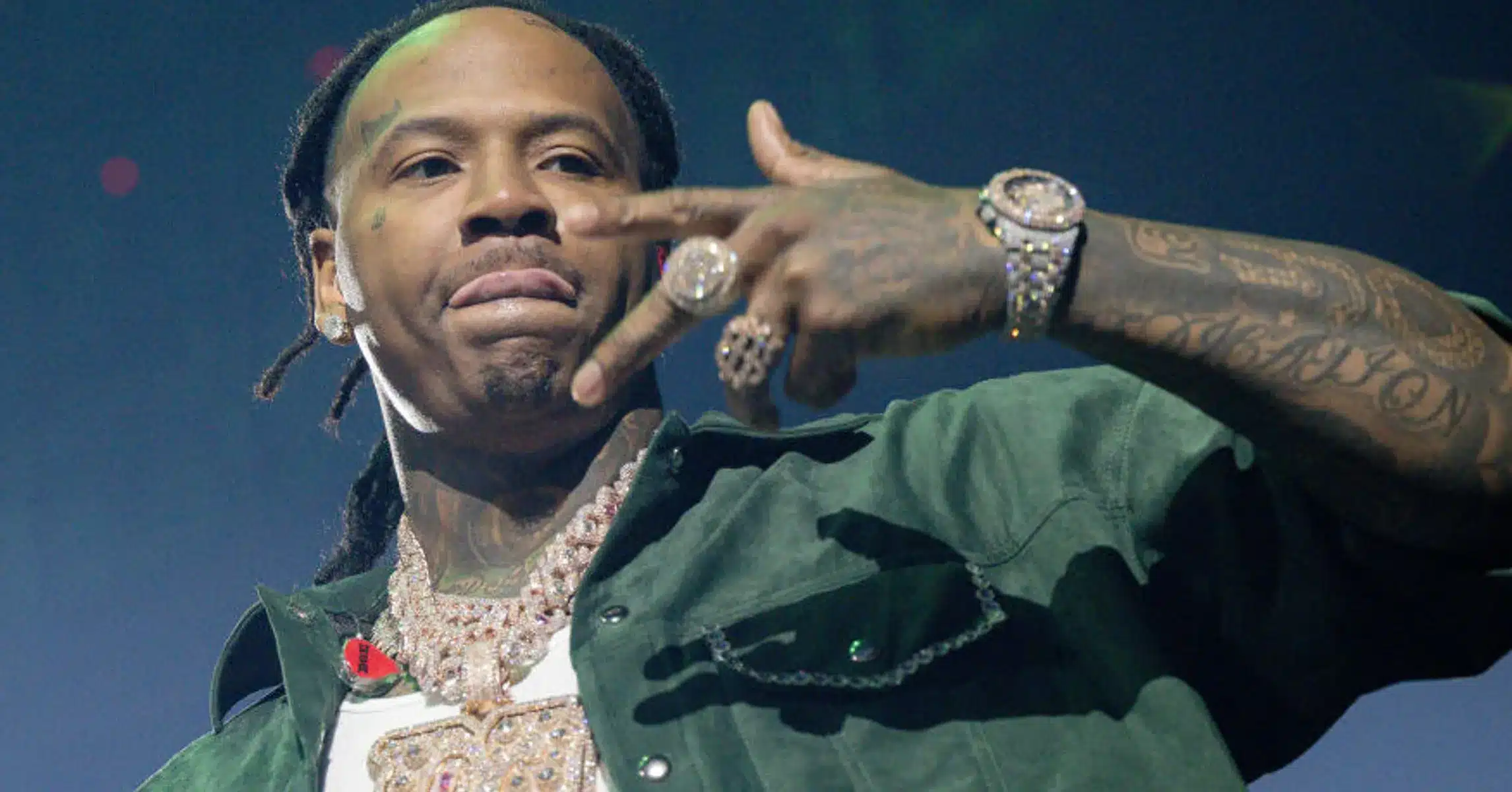Exploring the cultural impact and possible future of drill music amidst controversies and legal battles.
Drill music, once a dominant force in the hip-hop scene, seems to be facing an uncertain future. The genre, known for its raw and gritty portrayal of street life, is seeing some of its biggest stars caught in legal troubles. This has sparked debates about the sustainability and impact of the genre.
With artists like Lil Durk facing serious legal charges, the genre’s credibility and allure may be waning. Many drill rappers depict a lifestyle that is not only dangerous but also unsustainable in the long run. The notion that living out the violent narratives in their lyrics could lead to real-world consequences is becoming clear.
The music industry, particularly major labels, has been criticized for profiting off these young artists’ dangerous lifestyles while neglecting the real-life repercussions. It raises the question of the role labels play in promoting and exploiting the drill scene for profit.
Many young rappers are beginning to question whether continuing down the path of drill is worth the risks. The high-profile legal and life-threatening situations of drill artists like Pop Smoke, who was tragically murdered, serve as cautionary tales. Little wonder some are reconsidering their involvement in the genre.
Some industry insiders believe that drill might morph into a niche market, similar to the conscious rap community. Others argue that the violent imagery and themes will inevitably give way to a more introspective or emotionally-driven style, much like R&B-infused rap.
The influence of drill’s biggest names, like Lil Durk, is undeniable, yet it often comes at a high personal cost. As these artists face lengthy legal battles and potential incarceration, their impact on young fans and aspiring rappers becomes complicated.
While drill may never completely disappear, its current form is likely to evolve. Artists may need to pivot to safer narratives or risk continuing to perpetuate cycles of violence that have real and lasting impacts on their communities.
The question remains: What is the future of hip-hop if drill steps back from the spotlight? Some suggest a return to conscious rap, while others see hybrid genres gaining traction. Whatever the case, the industry and artists alike have pivotal decisions to make.
The cultural conversation around drill is complex, touching on issues of representation, exploitation, and responsibility. Whether drill remains a defining genre in music or retreats into niche status will largely depend on the choices of its artists and the industry’s willingness to adapt.
As the world watches closely, drill music stands at a crossroads. The genre could potentially evolve or fade into a niche, but its influence on contemporary music and culture is undeniable. The direction drill takes next will be a reflection of both its artists’ resilience and the music industry’s ability to promote sustainable creativity.
